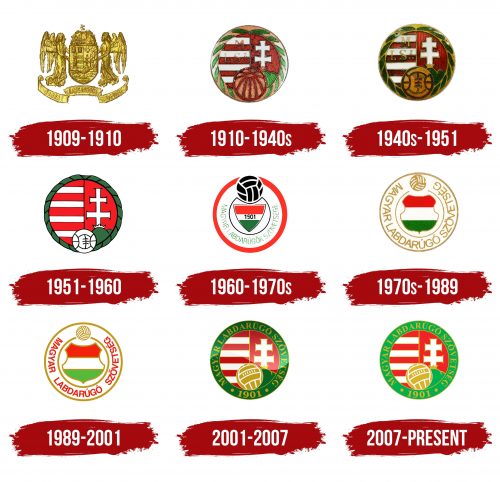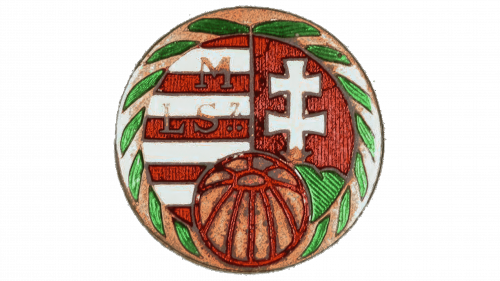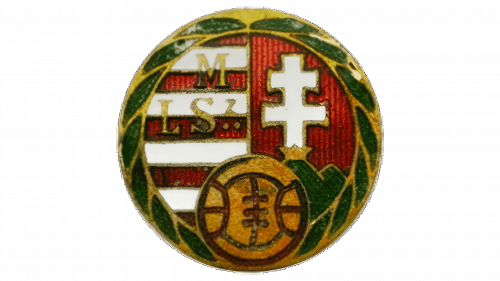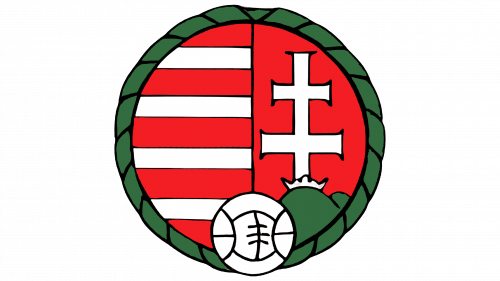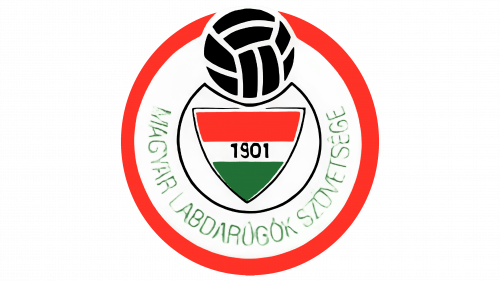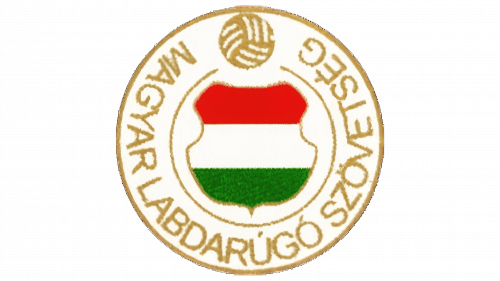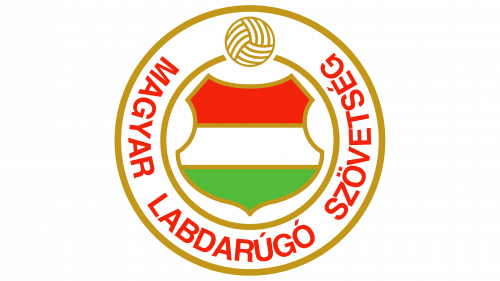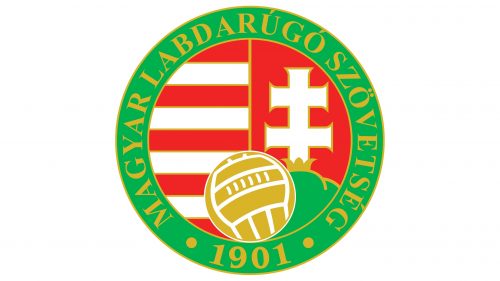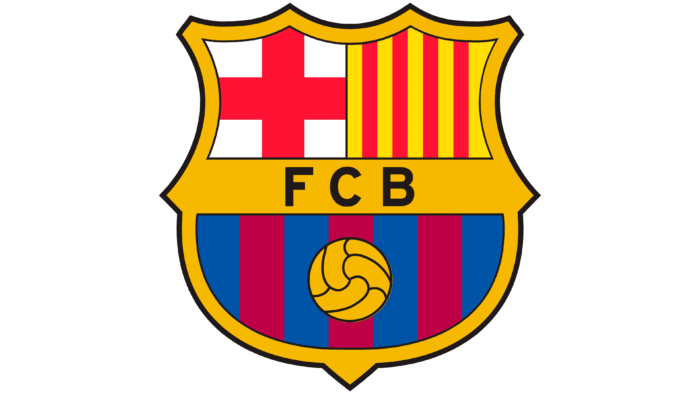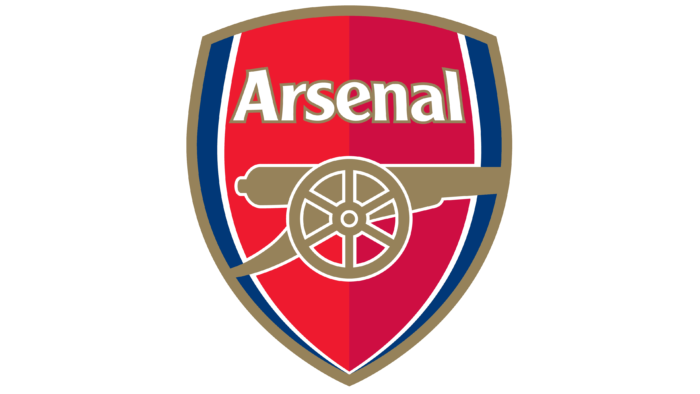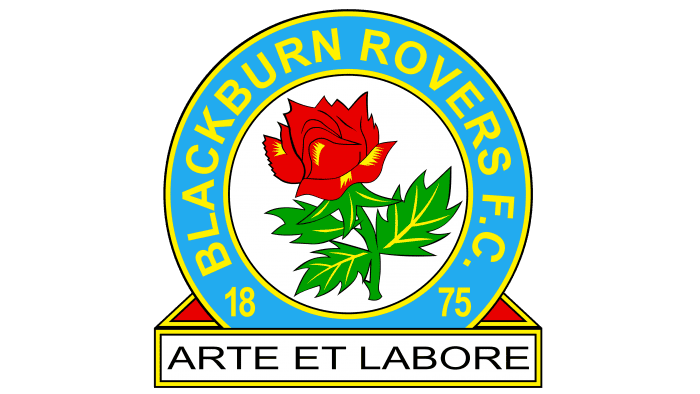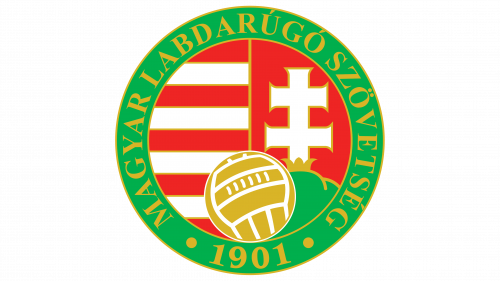 Hungary National Football Team Logo PNG
Hungary National Football Team Logo PNG
The Hungary National Football Team logo combines traditional Hungarian national symbols with football team attributes. Driven by love for their homeland, self-determination, and identity, the athletes play for the glory of their country.
Hungary National Football Team: Brand overview
The Hungarian national football team, a titan of early 20th-century football, has a storied history that began in 1901 with the establishment of the Hungarian Football Federation (MLS). Their first official match came in 1902, though it ended in a 5-0 defeat to Austria. The 1930s saw Hungary emerge as a formidable European side, highlighted by a fourth-place finish at the 1936 Berlin Olympics and a second-place finish at the 1938 World Cup in France, where they narrowly lost 4-2 to Italy.
The early 1950s marked the golden era of Hungarian football, with the “Mighty Magyars” dominating the global stage. Managed by Gusztáv Sebes and featuring legends like Ferenc Puskás, Sándor Kocsis, and Nándor Hidegkuti, the team went undefeated for four years from 1950 to 1954. They claimed gold at the 1952 Helsinki Olympics and famously defeated England 6-3 at Wembley in 1953. However, the 1954 World Cup final ended in a shocking 3-2 loss to West Germany, despite Hungary leading 2-0 early in the match.
The Hungarian Revolution 1956 saw the national team’s fortunes decline as many top players, including Puskás, left the country. The 1960s brought participation in major tournaments but no significant successes. Hungary reached the quarterfinals at the 1962 and 1966 World Cups and secured a bronze medal at the 1960 Olympics.
The 1980s saw a brief resurgence with players like László Fazekas, Tibor Nyilasi, and Lajos Détári leading the team to the 1982 and 1986 World Cups. Despite advancing past the group stage, further progress eluded them. The 1990s and 2000s were challenging decades, with the team struggling to qualify for major tournaments. Euro 2016 offered a glimmer of hope as Hungary topped their group but fell to Belgium in the Round of 16.
Recent years have shown signs of improvement. Hungary qualified for Euro 2020 and faced a daunting group with Portugal, France, and Germany. They managed commendable draws with France and Germany, though a loss to Portugal saw them finish fourth in the group. Their path to Euro 2020 was secured through the UEFA Nations League, where Hungary topped their group.
Hungarian football is celebrated for its attacking and combinational style, a hallmark of its success in the 1950s. The nation’s rich football tradition has produced legends such as Ferenc Puskás, Sándor Kocsis, József Bozsik, and Flórián Albert. As of August 2023, Hungary ranks 37th in the FIFA standings. While the current team may not reach the heights of the “Mighty Magyars,” they continue to surprise top teams with their spirit and commitment.
Meaning and History
What is the Hungary National Football Team?
The Hungary National Football Team, managed by the Hungarian Football Federation (MLSZ), represents Hungary in international football. Hungary has a rich footballing tradition dating back decades, marked by significant achievements in the early days of European football. They were particularly dominant in the 1950s, reaching the FIFA World Cup final twice and earning the nickname “Magical Magyars” for their innovative playing style and talented squad. The team continues to compete actively in international tournaments, aiming to build on their historical successes and contribute to the vibrant landscape of global football.
1909 – 1910
The team’s first emblem captures the spirit of grandeur and glory. It is crafted from pure gold and dazzling with brilliance and shine.
Two angels descend from the heavens, carrying Hungary’s large coat of arms, including the emblems of all the country’s territories. Crowned lion heads on a blue background represent Dalmatia, and the red and white checkered pattern symbolizes Croatia. The striped shield with a star and marten belongs to Slavonia. Bosnia and Herzegovina is depicted by a hand with a sword. The Turul with seven towers represents Transylvania, and the double-headed eagle signifies the city of Fiume.
Hungary’s small coat of arms is at the center, over the large shield. The image’s surface is divided into two parts. On the left are red and white stripes, the latter representing the country’s major rivers. On the right, three peaks symbolize Tatra, Matra, and Fatra. A cross and a crown sit at the base. The emblem displays the country’s wealth and natural beauty.
Topping the shields is the Hungarian crown, which is notable for its many symbolic details. The circlet, or Greek crown, features large aquamarines and images of Christ, Archangels, and Saints. Next are the cross straps (Latin crown), adorned with beads and pearls representing the apostles. The decoration is crowned by a tilted cross (originally straight). It is believed the cross tilted due to improper storage.
The use of gold in the logo emphasizes the kingdom’s majesty and conveys the team’s ambition to achieve top honors and uphold the nation’s dignity.
1910 – 1940s
A year later, the logo was replaced with one more closely associated with football. The laurel wreath evokes associations with honoring victors. It was awarded first place in sports competitions in Greece, while it symbolized military achievements and power in Rome. Therefore, the wreath in the emblem’s design represents victories, honor, courage, and recognition.
The Hungarian coat of arms is at the center of the emblem, highlighting the country’s faith and natural wealth. In the foreground, a football serves as the main attribute of the sport. The emblem is rendered in the colors of the national flag.
The letters “MLSZ” are scattered along the lines of the coat of arms, hinting at the main football authority in Hungary, the Magyar Labdarúgó Szövetség.
1940s – 1951
The main change in the logo was the update of the ball. The lines on its surface resembled a football field with goals, making the ball more relevant to the football theme. The thickening of the leaves in the wreath emphasized the team’s increased prominence in world football after their second-place finish in the 1938 World Cup. Overall, the lines of the emblem became clearer and more defined, and the colors more vibrant, highlighting the growing interest in football within the country.
1951 – 1960
The logo from this period appears simpler due to more schematic lines. The reduction of the color palette to three colors clearly emphasizes the connection to the country’s tricolor. The predominance of white highlights the team’s achievement of securing second place in the World Cup once again (in 1951). This streamlined design reflects the national pride and the team’s significant accomplishment, presenting a clean and focused visual representation of their success.
1960 – 1970s
In the early 60s, the national team’s logo underwent significant changes. The round shape was the only element linking it to the previous design. A wide red border, symbolizing love for football and the team’s achievements and victories, surrounded all key identity elements. Inside, on a white ring, the name of the football federation was written in green letters. At the center of the emblem is a shield in the colors of the Hungarian flag, and above it is a ball, the main symbol of football.
The emblem reflects minimalism, athletic focus, and the players’ effective physical conditioning. In the heart of every footballer lies a love for Hungary, driving them to perform at their best.
1970s – 1989
The elegant, minimalist design with a harmoniously chosen color scheme immediately catches the eye. Gold borders, dividing lines, and lettering highlight the team’s achievements, such as reaching the Olympics and Euro 1972 finals.
At the center of the emblem is an image of an ancient coat of arms on a stretched hide filled with the stripes of the country’s flag. The logo appears antique and luxurious, preserving traditions while honoring contemporary victories.
1989 – 2001
The details of the emblem have been drawn more precisely. The golden lines have been made thicker, leaving no doubt about the strength and prominence of the team. The federation’s name is written in red as a tribute to MLSZ’s role in the national team’s achievements. The ball at the top of the emblem represents a golden fleece, guiding the team towards new goals and victories. This refined design underscores the power and flourishing state of the team, highlighting their connection to their federation and their aspirations for continued success.
2001 – 2007
In 2001, the team returned to the concept of previous logos. The green border, symbolizing luxury, glory, honor, and prosperity, predicts a long period of success for Hungarian football.
The name of the federation and its founding year, written in gold, emphasize the experience and convey the past and future glory of the team. The country’s coat of arms at the center represents the love for the homeland that drives every football player.
The detailed gold football in the foreground leaves no doubt about the sport the logo is dedicated to.
2007 – today
The light emerald shade has given the logo a sense of freshness and a feeling of a new phase in the development of Hungarian football. The ball has been updated to a more modern design, aligning the emblem with contemporary trends. The team looks forward to new victories and hopes for good fortune. This vibrant update symbolizes a renewed spirit and optimism for the future, reflecting the team’s aspirations and readiness for future challenges.
